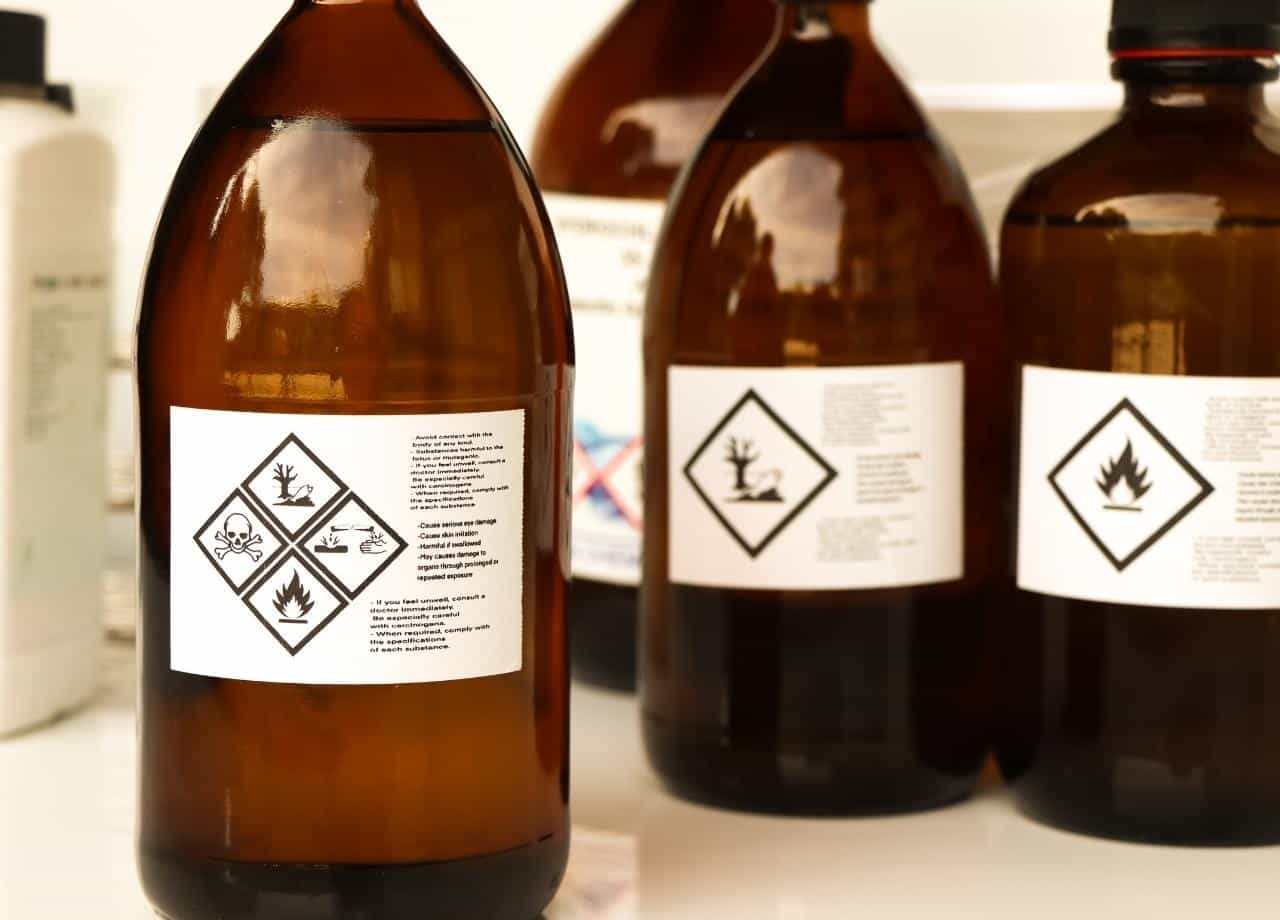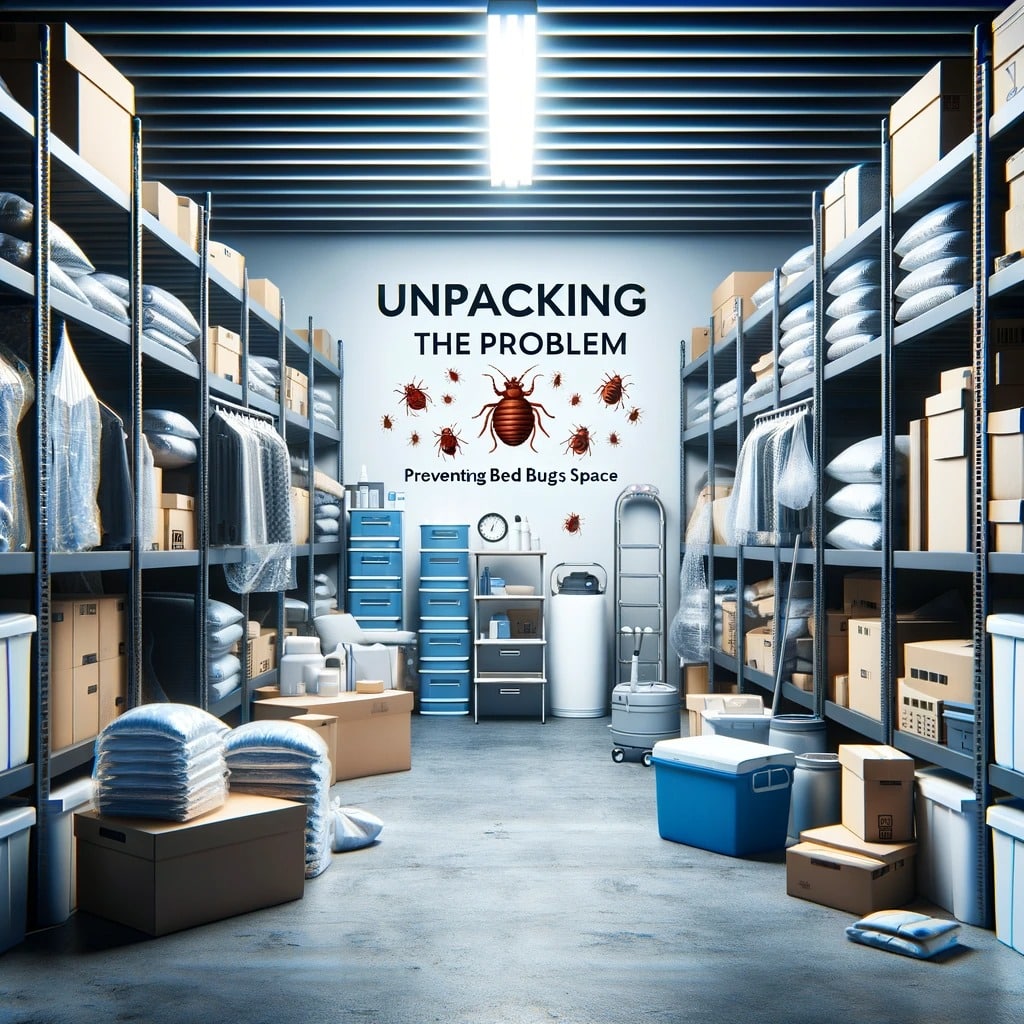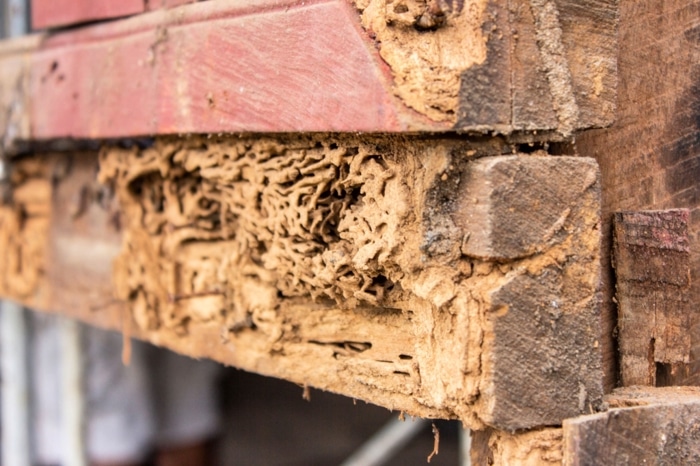If you manage properties, you’ve probably heard residents say things like, “I sprayed something, but the bugs came back,” or “I used a fogger, and now I smell chemicals but still see roaches.” It’s frustrating—for them and for you. The truth is, pest control chemicals can work really well, but only when they’re used the right way.
Let’s break this down in plain language. No fluff. Just real, useful info for property managers who want to keep pest issues from spiraling out of control.
Chemicals Are Tools—Not Magic
Some people think using a pesticide is like flipping a switch: spray it once, and the problem disappears. But it doesn’t work that way. Pest control chemicals are just tools. They need to be used the right way, at the right time, and on the right pests.
Think about using a wrench. You wouldn’t try to hammer a nail with it, right? Same idea. You can’t just grab a random spray and expect it to work on every pest.
And here’s the thing—overusing or misusing chemicals doesn’t just fail to solve the problem. It can also create bigger issues. You might drive pests deeper into walls, create resistance, or even cause health complaints from residents.
You Have to Identify the Pest First
Before you touch a chemical, you need to know exactly what pest you’re dealing with. That might sound obvious, but it’s the step most people skip.
Let’s say you have tiny black ants in a kitchen. If you go in with a heavy roach spray, you’ll probably miss the mark. Ants often need baits, not sprays. And if you’re treating for German cockroaches but the problem is actually drain flies, you’re going to waste time and money.
So, take a close look—or better yet, ask the resident to send a photo. Figure out if you’re dealing with ants, roaches, spiders, wasps, or something else. Once you know what it is, you can match it to the right product.
Read the Label Like It’s a Set of Instructions for a Fire Drill
Chemical labels aren’t just there for legal reasons. They tell you what pests the product is meant for, where you can apply it, how much to use, and how to protect yourself.
Here’s a tip: don’t just glance at the front of the bottle. Flip it over and read the full label. Look for the section that says “Directions for Use.” That’s where you’ll find the real meat—how to apply it, what areas to avoid, how long to stay out of the treated area, and what to do in case someone is exposed.
One of the biggest mistakes property managers make? Using too much. Just because a pest is stubborn doesn’t mean doubling the dose is the answer. It often leads to chemical buildup, strong odors, and resident complaints.
Watch Out for Over-the-Counter Sprays
Most of what you find in big box stores is designed for quick action—not long-term control. Residents might grab a can of bug spray or a fogger, use it, and think the problem’s solved. But many of those products only hit what you can see.
A fogger, for example, might kill a few flying bugs but won’t touch the nest in the wall or the eggs under the baseboards. And sprays with strong scents can even drive pests deeper into cracks, making them harder to treat later.
If you’re managing multiple units, you want something that works longer, is applied safely, and targets the problem at its root. That’s where professional-grade products or services (like what Pest Share supports) make a real difference.
Don’t Skip the Prep
Using a chemical without proper prep is like painting a wall without cleaning it first. You’ll get poor results, even if you use the best product.
Let’s say you’re dealing with cockroaches in a kitchen. You’ve got to ask the resident to clean up crumbs, fix any leaks under the sink, and take out the trash regularly. If there’s food sitting out, the spray won’t matter—roaches will come right back.
Same with ants. If there’s a sticky spill behind the fridge or sugar on the counter, you’re basically throwing gas on a fire.
So before applying anything, make sure the space is ready. That might mean some extra communication, but it saves a lot of hassle down the road.
Timing Matters More Than You Think
You’d be surprised how often weather or time of day messes up a treatment. A common example: someone sprays the yard for ants right before it rains. The rain washes everything away, and it’s like nothing ever happened.
Or, someone sprays wasp nests in the heat of the afternoon when the insects are most active. That’s a good way to get stung—and not a great way to solve the issue.
The best times for outdoor treatments are early morning or late evening, when pests are less active and the temperature is cooler. Indoors, make sure there’s proper ventilation and that residents aren’t going to immediately re-enter the treated space.
Safety Isn’t Optional
Whenever chemicals are involved, safety comes first. That means wearing gloves, avoiding contact with your skin, and never eating or drinking while applying products.
If you’re treating a unit, let the resident know ahead of time. Tell them to keep pets and kids away for the required period. If someone in the household has health concerns (like asthma), consider using a low-toxicity method or working with a pest professional.
Also, never mix chemicals unless the label specifically says it’s safe to do so. You’d be shocked how often people try to combine sprays thinking it’ll be “extra strong.” In reality, it could create fumes or even a dangerous reaction.
Store It Like It’s Medicine
When you’re done with a product, don’t just toss it in a closet or under a sink. Pesticides need to be stored in a cool, dry place, away from food and out of reach of kids or pets.
And never reuse old chemical containers for something else. That’s how accidents happen. Even an empty bottle of ant spray can leave behind enough residue to make someone sick if it’s misused.
If you have leftovers, follow disposal instructions on the label or contact local waste management for proper disposal options.
Consider Calling in the Pros When It’s Beyond DIY
Sometimes, even when you do everything right, the pests keep coming. Maybe it’s a deep infestation, or maybe the residents keep doing things that attract pests—like overwatering plants or leaving out pet food.
In these cases, it’s worth leaning on a professional service. Pest Share, for example, works with properties to help residents submit requests directly. That takes pressure off managers and helps solve the problem faster with proper oversight.
Chemicals Aren’t Always the Answer
Here’s the final takeaway: chemicals can be super helpful, but they’re not the only tool. Sometimes sealing a crack, fixing a leaky pipe, or getting rid of standing water does more than any spray ever could.
If you keep needing to use chemicals over and over, the real problem might be something structural or behavioral. Take a step back and look at the bigger picture.
And when you do use chemicals, treat them with respect. Read the label, prep the space, and communicate with your residents. That way, you stay safe, stay compliant, and stay ahead of pest issues before they blow up.






